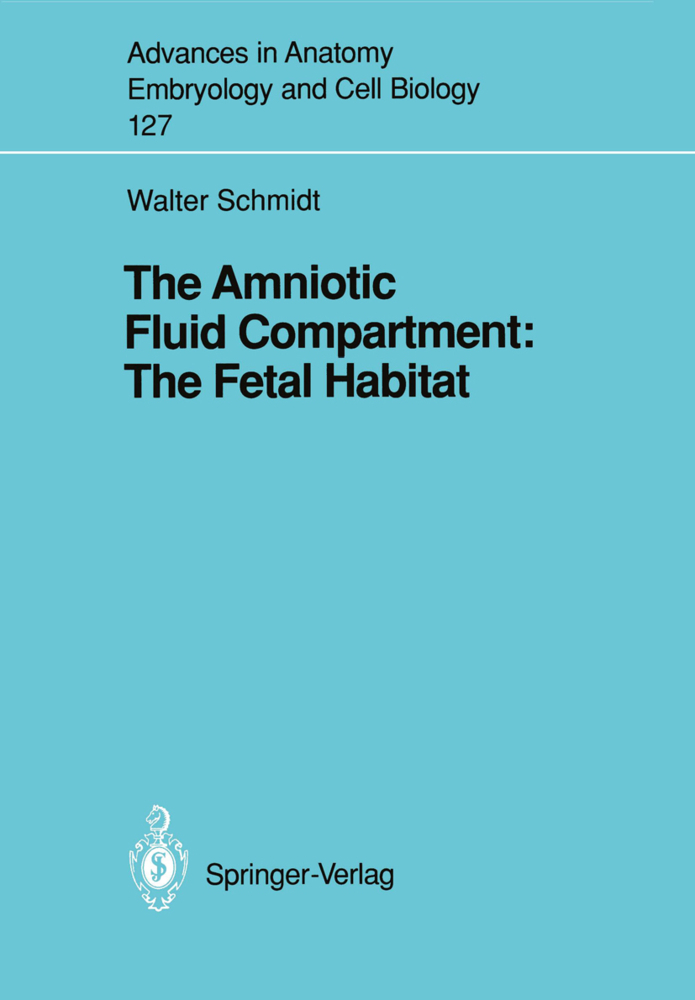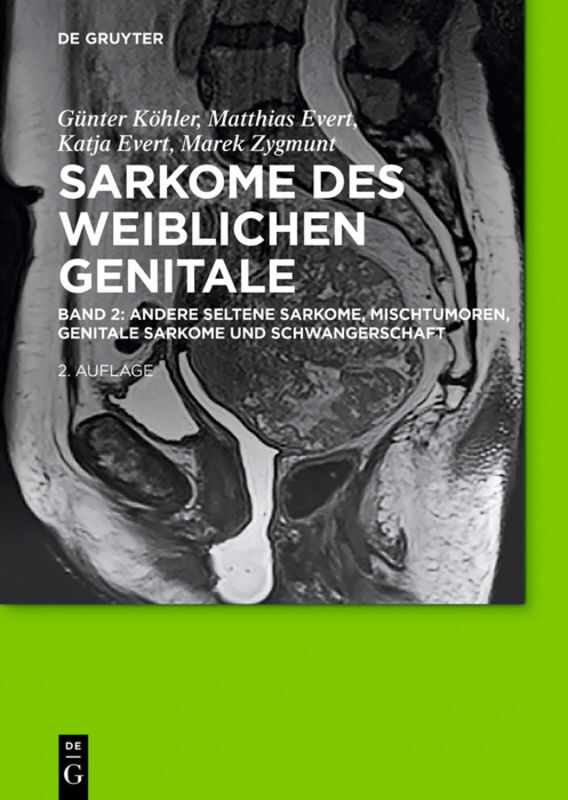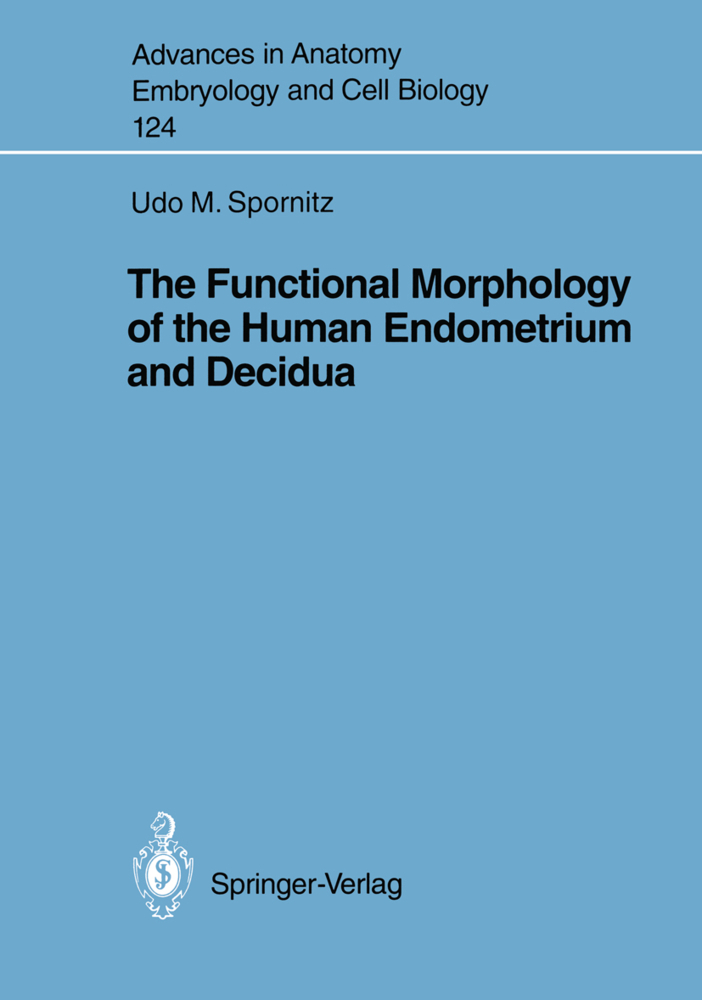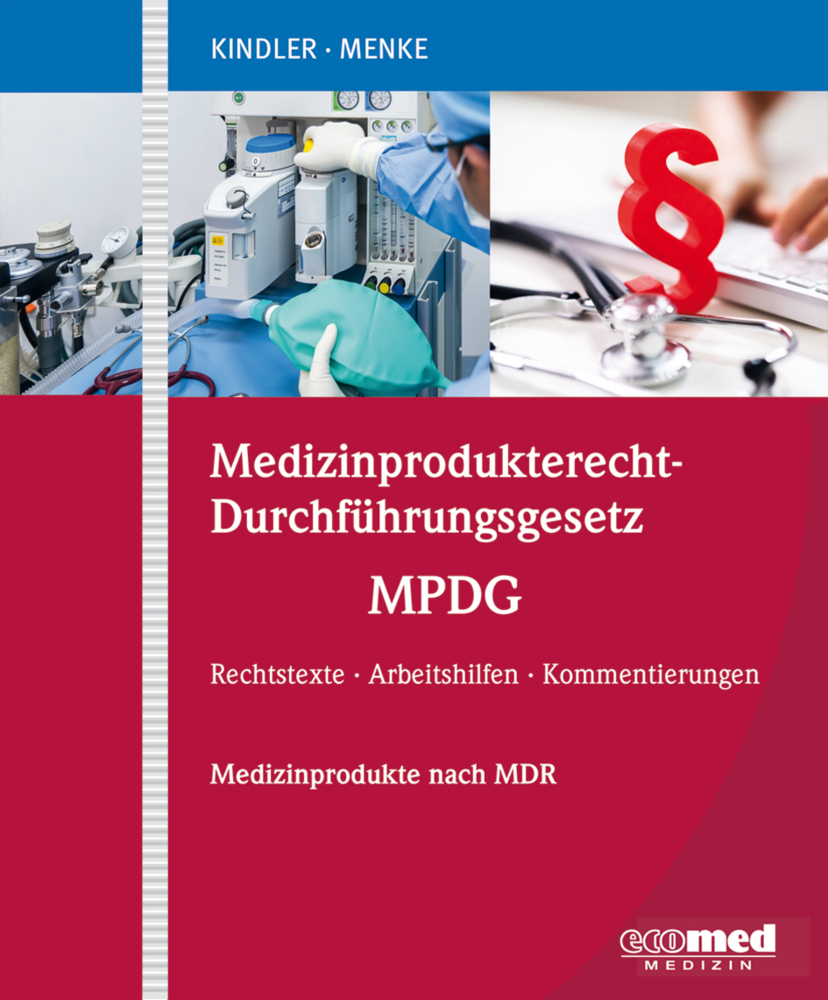The Amniotic Fluid Compartment: The Fetal Habitat
The Amniotic Fluid Compartment: The Fetal Habitat
This work attempts to sketch a coherent picture of the amniotic fluid com partment, its borders, and the interactions occurring between fetus and amniotic fluid, for it is this compartment which for 10 months provides the habitat in which the fetus and its functions develop. As a matter of course, our mor phological studies had to be limited to the situation prevailing at the full term of pregnancy. This portrayal purposely neglects the placenta, which is already the subject of an extraordinary profusion of literature. The other aspects of the embryonic sac have been overshadowed to date by the preeminent role 2 of the placenta, although they represent around 1200cm of contact surface in the maternal compartment. From our point of view, the fetal membranes not only act as a seal or simply a diffusion barrier, but actively participate in the exchange processes between compartments. The author also took pains to compile (albeit incompletely) the widely scattered findings reported in clinical journals in order to present them as a well-rounded summary of the mor phological picture and the functional happenings involved in fetal develop ment. The author's own studies of a specifically histomorphological nature provided the groundwork for this synopsis. A special branch of embryology, embryonal physiology, is treated only incidentally in today's embryology textbooks. This work offers several encounters with this field, which should help make it the focus of greater interest. 2 Definition of Terms Fig. 1.
3 Evolutionary Biological Prerequisites
4 Development of the Amniotic Fluid Compartment in Humans
4.1 Formation of Fetal Membranes (Chorioamnion)
5 Histogenesis of Human Embryonic Membranes
5.1 Histogenesis of the Amnion
5.2 Histogenesis of the Intermediate Layer (Spongy Layer)
5.3 Histogenesis of the Chorion
5.4 Amniotic Fluid
6 Limitation of the Amniotic Fluid Compartment at Full Term
6.1 Amnion
6.2 Intermediate Layer (Stratum Intermedium, Spongy Layer)
6.3 Chorion
6.4 Interpretation of Glycogen and Lipid Storage in the Fetal Membranes
7 Permeability of the Fetal Membranes
8 Mechanical Properties of the Fetal Membranes
8.1 Rupture of the Fetal Membranes
9 Amniotic Fluid
9.1 Cells of the Amniotic Fluid
9.2 Non-Cell Components of the Amniotic Fluid
9.3 Chemical Analysis of the Amniotic Fluid Content
10 Exchange of Amniotic Fluid and Interaction Between Fetus and Amniotic Fluid
10.1 Fetal Kidneys
10.2 Fetal Integument
10.3 Umbilical Cord and Placenta
10.4 Digestive Tract
10.5 Lung
10.6 Fetal Membranes and Paraplacental Transport
11 Regulatory Mechanism
12 Summary
References.
1 Introduction
2 Definition of Terms3 Evolutionary Biological Prerequisites
4 Development of the Amniotic Fluid Compartment in Humans
4.1 Formation of Fetal Membranes (Chorioamnion)
5 Histogenesis of Human Embryonic Membranes
5.1 Histogenesis of the Amnion
5.2 Histogenesis of the Intermediate Layer (Spongy Layer)
5.3 Histogenesis of the Chorion
5.4 Amniotic Fluid
6 Limitation of the Amniotic Fluid Compartment at Full Term
6.1 Amnion
6.2 Intermediate Layer (Stratum Intermedium, Spongy Layer)
6.3 Chorion
6.4 Interpretation of Glycogen and Lipid Storage in the Fetal Membranes
7 Permeability of the Fetal Membranes
8 Mechanical Properties of the Fetal Membranes
8.1 Rupture of the Fetal Membranes
9 Amniotic Fluid
9.1 Cells of the Amniotic Fluid
9.2 Non-Cell Components of the Amniotic Fluid
9.3 Chemical Analysis of the Amniotic Fluid Content
10 Exchange of Amniotic Fluid and Interaction Between Fetus and Amniotic Fluid
10.1 Fetal Kidneys
10.2 Fetal Integument
10.3 Umbilical Cord and Placenta
10.4 Digestive Tract
10.5 Lung
10.6 Fetal Membranes and Paraplacental Transport
11 Regulatory Mechanism
12 Summary
References.
Schmidt, Walter
| ISBN | 978-3-540-55162-1 |
|---|---|
| Artikelnummer | 9783540551621 |
| Medientyp | Buch |
| Copyrightjahr | 1992 |
| Verlag | Springer, Berlin |
| Umfang | VI, 100 Seiten |
| Abbildungen | VI, 100 p. 18 illus. |
| Sprache | Englisch |











